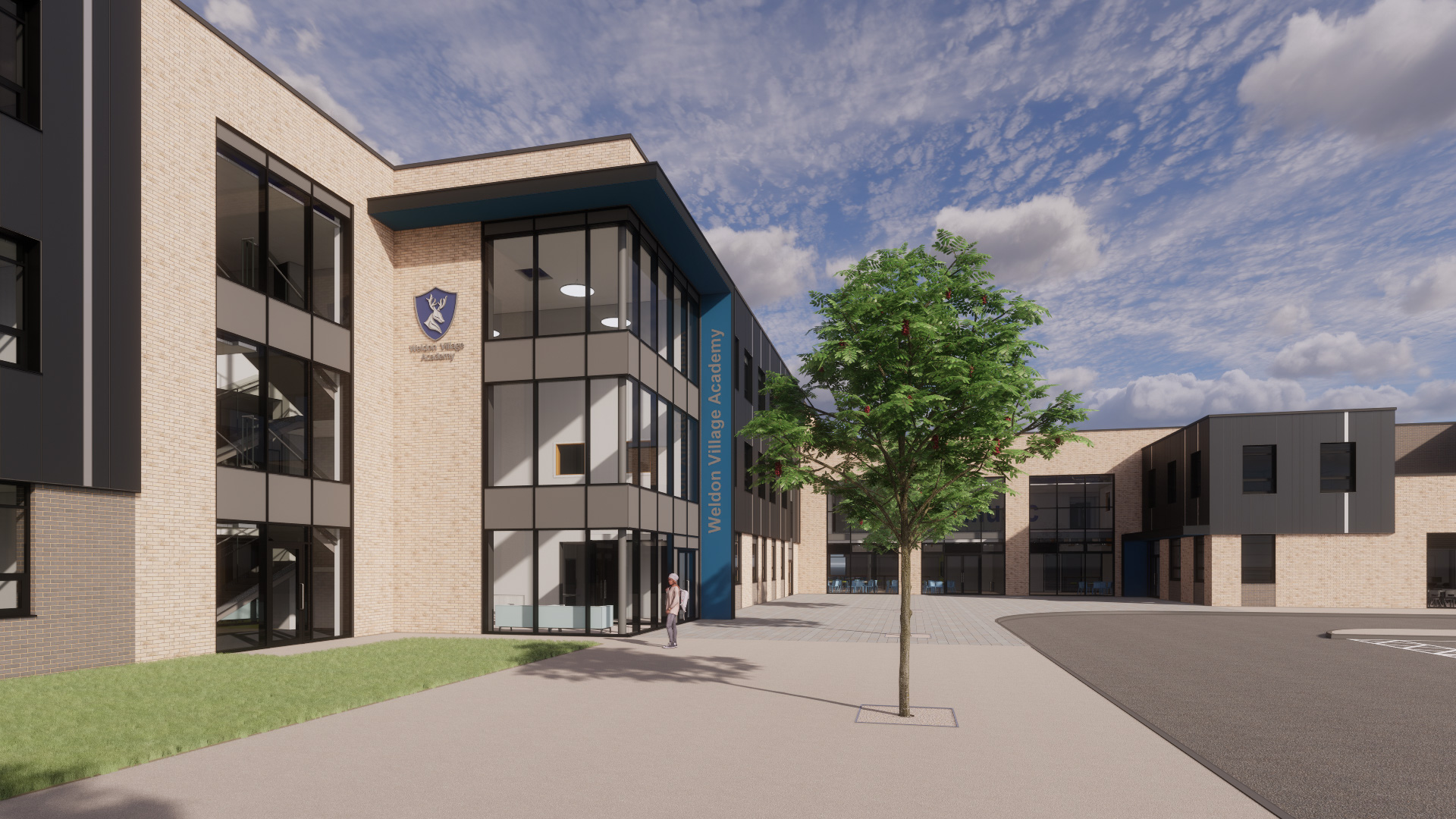Village Academy stands as a beacon of educational innovation and community empowerment. This unique educational model not only emphasizes academic achievement but also prioritizes the holistic development of students. In this article, we will explore the core principles, benefits, and operational framework of Village Academy, aiming to provide a thorough understanding of its significance in modern education.
The Village Academy model integrates various teaching methodologies, community involvement, and personalized learning experiences. This approach fosters an environment where students can thrive academically and socially. In the following sections, we will delve deeper into the various aspects of Village Academy, including its history, structure, and the positive impact it has on students and communities alike.
By the end of this article, you will have gained insights into why Village Academy is becoming increasingly popular among educators and parents. Furthermore, we will discuss how you can get involved or implement similar educational frameworks in your community.
Table of Contents
1. History of Village Academy
The concept of Village Academy originated in the early 2000s as a response to the need for more inclusive and community-centered educational practices. It was founded on the belief that education should extend beyond the traditional classroom setting, engaging families and communities in the learning process. Over the years, the model has evolved, incorporating best practices from various educational theories and community engagement strategies.
2. Core Principles of Village Academy
At the heart of Village Academy are several core principles that guide its educational practices:
- Holistic Development: Focuses on the overall growth of students, including emotional, social, and academic aspects.
- Community Engagement: Encourages active participation from families and local organizations.
- Personalized Learning: Tailors educational experiences to meet the individual needs of each student.
- Collaborative Learning: Promotes teamwork and collaboration among students, teachers, and the community.
Personalized Learning Strategies
Personalized learning strategies at Village Academy include differentiated instruction, project-based learning, and regular assessments to monitor student progress and adapt learning plans accordingly.
3. Operational Structure
Village Academies typically operate with a flexible structure that allows for adaptability based on community needs. This often includes:
- Multi-age Classrooms: Students of various ages learn together, fostering mentorship and collaborative learning.
- Community Partnerships: Collaborations with local businesses and organizations enhance educational resources.
- Decentralized Governance: Encourages local decision-making, giving communities a voice in their educational systems.
4. Benefits of Village Academy
Village Academy offers numerous benefits, making it an attractive educational model for many communities:
- Enhanced Academic Performance: Research indicates that students in community-focused schools often perform better academically.
- Increased Engagement: Students are more engaged when they feel connected to their community.
- Stronger Community Bonds: The collaborative approach fosters a sense of belonging and responsibility among community members.
5. Community Involvement
Community involvement is a cornerstone of Village Academy. This includes:
- Volunteer Programs: Encouraging parents and community members to participate in school activities.
- Local Events: Organizing events that bring the community together to celebrate educational achievements.
- Feedback Mechanisms: Implementing systems for community feedback to continuously improve educational practices.
6. Challenges Faced by Village Academy
Despite its many benefits, Village Academy also faces several challenges:
- Funding Constraints: Limited financial resources can hinder program development and sustainability.
- Resistance to Change: Some community members may resist new educational models.
- Logistical Issues: Coordinating community involvement can be complex and time-consuming.
7. Case Studies of Successful Village Academies
Numerous Village Academies across the globe have demonstrated success in implementing this educational model. Here are a few notable examples:
- Village Academy in Ohio: This academy has shown significant improvements in student test scores and community involvement.
- Greenwood Academy: Located in California, this academy integrates environmental education into its curriculum, fostering a love for nature among students.
8. The Future of Village Academy
The future of Village Academy looks promising as more communities recognize the value of this educational model. Ongoing research and data collection will continue to highlight its effectiveness, while innovations in educational technology may enhance personalized learning experiences.
Conclusion
In conclusion, Village Academy represents a transformative approach to education that prioritizes holistic development, community engagement, and personalized learning. As the educational landscape continues to evolve, models like Village Academy will play a crucial role in shaping the future of learning. We encourage you to share your thoughts on Village Academy in the comments below, and feel free to explore more articles on our site for additional insights into innovative educational practices.
Closing Thoughts
Thank you for taking the time to explore the world of Village Academy with us. We hope this article has provided you with valuable information and inspired you to consider the impact of community-based education. We look forward to welcoming you back to our site for more informative content.
Article Recommendations



ncG1vNJzZmilqZu8rbXAZ5qopV%2BcrrOwxKdpaK6Zobmis8RmmJyZlJq6unrHraSl